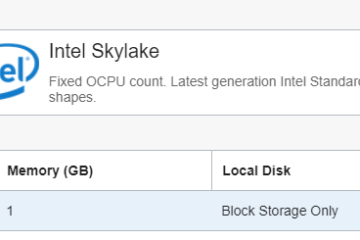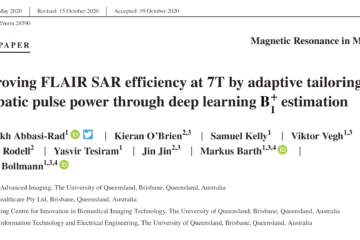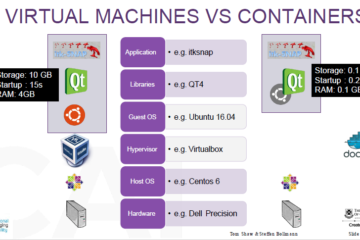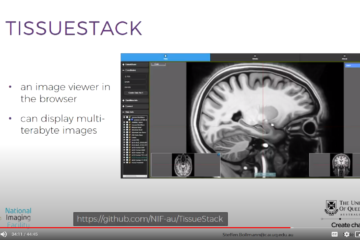Run NeuroDesk on Oracle Cloud Free Tier
Here is a little tutorial on running our NeuroDesk project in the free tier of Oracle cloud 🙂 Sign up for a free account here: Try Free Tier (oracle.com) The below steps are for an older version of the neurodesk project – I recommend to follow the updated instructions here: Read more









